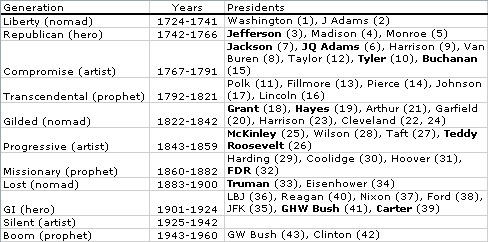I was reading about scaling laws in biology, in reference to a clip from Mysterious Island I am planning to use in my class, when I came across this quote from JBS Haldane:
And just as there is a best size for every animal, so the same is true for every human institution (emphasis mine). In the Greek type of democracy all the citizens could listen to a series of orators and vote directly on questions of legislation. Hence their philosophers held that a small city was the largest possible democratic state. The English invention of representative government made a democratic nation possible, and the possibility was first realized in the United States, and later elsewhere. With the development of broadcasting it has once more become possible for every citizen to listen to the political views of representative orators, and the future may perhaps see the return of the national state to the Greek form of democracy. Even the referendum has been made possible only by the institution of daily newspapers.
The full quote is avaiable in an online version of the essay. However, I started thinking about this, and realized this might be an interesting way to look at some of the following questions:
- How large (in population or territory) could the Roman Republic have been, and remained a functional entity? Did it get to big for its form of government, leading to civil war and the Empire?
- Did size have anything to do with the advent of tyrants (in the old sense) in the Greek city-states?
- Could Alexander the Great have stopped conquering at some point and left behind a stable empire after his death? Related to this, is there any rhyme behind the size of the successor states of his generals?
Unfortunately, it doesn’t seem likely that there is a simple scaling law for questions like these. For example, part of the reason Alexander’s empire broke into the pieces it did — Macedonia, Egypt, the Seleucid Empire and Pergamum — at least for three of these is that there was a long period of previous history of political cohesion. Off the cuff, my guess would be that the following factors play a role:
- Population size
- Territorial extent
- Military power of the regime
- Economic power and system
- Historical basis for unification
Thus, my guess would be that looking scaling laws of population against territorial size, for example, may miss important parts of the equation. On the other hand, I can believe that some measure of complexity in government (whatever that means) may accurately predict at least some transitions in political systems.







